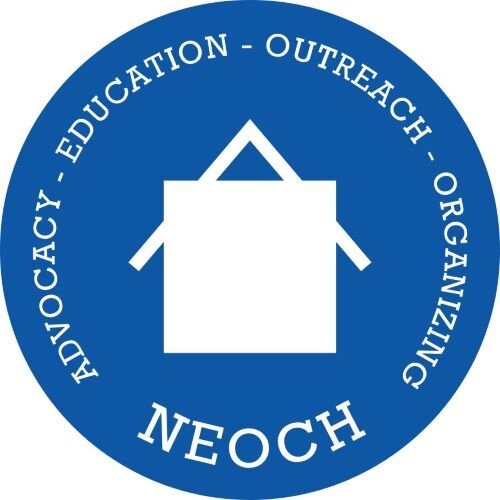Cuyahoga County Responds to Grapevine Criticism
By Ruth Gillett-Office of Homeless Services
At your request, I am writing to respond to the recent Grapevine article concerning the Continuum of Care for Homeless Services in Cuyahoga County.
The U.S. Department of Housing & Urban Development (HUD) has defined the Continuum of Care as being comprised of four components: Prevention, Emergency Shelter, Transitional Housing and Supportive Services, and Permanent Housing. However, only two of these components, Transitional Housing/Supportive Services, and Permanent Housing, are eligible for funding through the HUD, McKinney Act, Continuum of Care grant application process.
Since 1993, when the Office of Homeless Services was established, over $73 million of competitive grants have been awarded to Cuyahoga County. Over $39 million, or 54% of the dollars have been targeted to create permanent housing options. Over 3,000 homeless persons have been placed in permanent, subsidized housing through these Continuum of Care awards.
The remaining 46% of the award dollars have gone to expand the number of transitional housing beds and the scope and availability of supportive services to single men, women, women with children, persons with AIDS, severely mentally disabled, chemically addicted and physically frail, homeless persons. It would not be an exaggeration to assert that every homeless person in this community has experienced some benefit from the shelter and/or services that have been funded through these components of the competitive grants.
An important feature of the McKinney awards is the requirement that the federal dollars be matched and leveraged with local funds. The permanent housing dollars awarded through the Shelter Plus Care grants require a $1 for $1 supportive services match from the community. Supportive Services and Transitional Housing grants require a minimum of a 3 to 1 match from the community. Applying these ratios to the grant awards, you can see that many more resources have been committed to meeting the needs of the homeless in our community, in a coordinated way. Local match and leverage comes from private donors, local foundations, community service agencies, the Veterans Administration, the Mental Health and Alcohol & Drug Boards, the AIDS funding streams, and State, City and County funds to name just a few. In addition to bringing financial resources together, the Continuum has brought diverse interests, talents, and disciplines together to try to understand how they can better serve clients who lack a permanent residence.
In spite of these new resources, homelessness and its contributing factors: poverty, addiction, mental illness, family violence, low wages, and a lack of affordable housing, have not been eliminated in Cleveland, or any other American city. However, as a community, I believe we have progressed in our understanding of the problem and our ability to implement appropriate, effective interventions, and, most importantly, the suffering of some of the most vulnerable members of our community, has been reduced.
McKinney competitive grants are awarded based in part on a community application process which HUD rates as to whether it is inclusive, fair, and reflects a strategic approach to addressing homelessness. Since 1994, the Office of Homeless Services (OHS) has assumed the responsibility for managing this process because of the direct relationship between resources and opportunities to affect change.
The local process has evolved in response to changes in HUD requirements, and input from stakeholders, including NEOCH. As a multi-year participant, NEOCH is aware of the complexity of the written application, and HUD’s often times confusing, directives. The OHS has attempted to meet both the spirit and the letter of the requirements within the organizational constraints that have existed. Preparing the Continuum of Care application is only one of the many initiatives that the OHS pursues as part of its overall objectives to:
· Prevent homelessness,
· Increase affordable housing opportunities, and
· Assure adequate and appropriate services and shelter for persons who are experiencing homelessness.
I welcome NEOCH’s continued advocacy and support in meeting these objectives.
Editor’s Note: Ruth Gillett is the program manager of the Cleveland/Cuyahoga County Office of Homeless Services. She was asked by editors of the Homeless Grapevine to respond to the articles in the previous Grapevine (Issue #45). The Northeast Ohio Coalition for the Homeless publishes the Grapevine, and is a part of the review committee. Brian Davis wrote the articles in the Homeless Grapevine and serves as executive director of the Coalition.
Copyright NEOCH and the Homeless Grapevine, Issue #46 -2001
